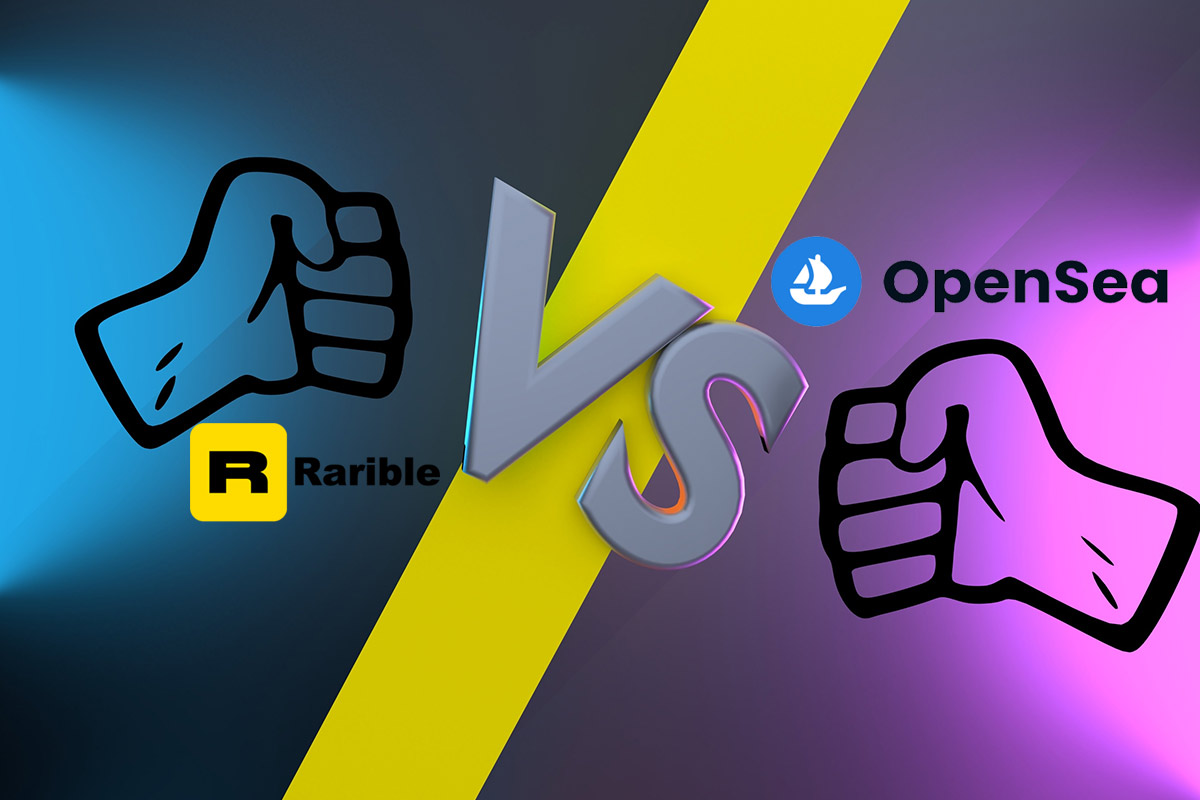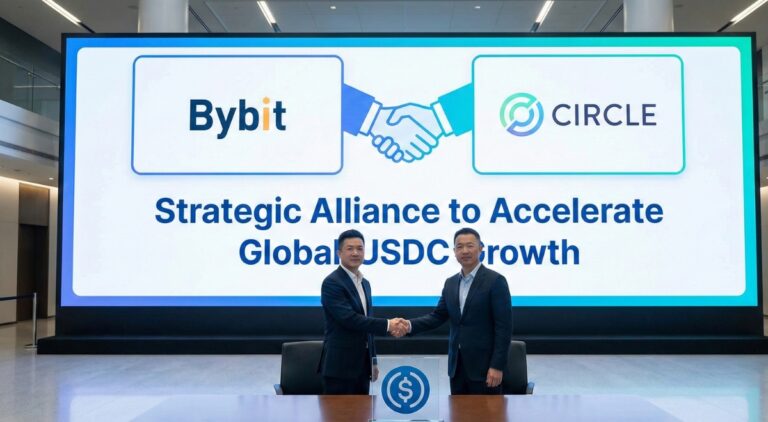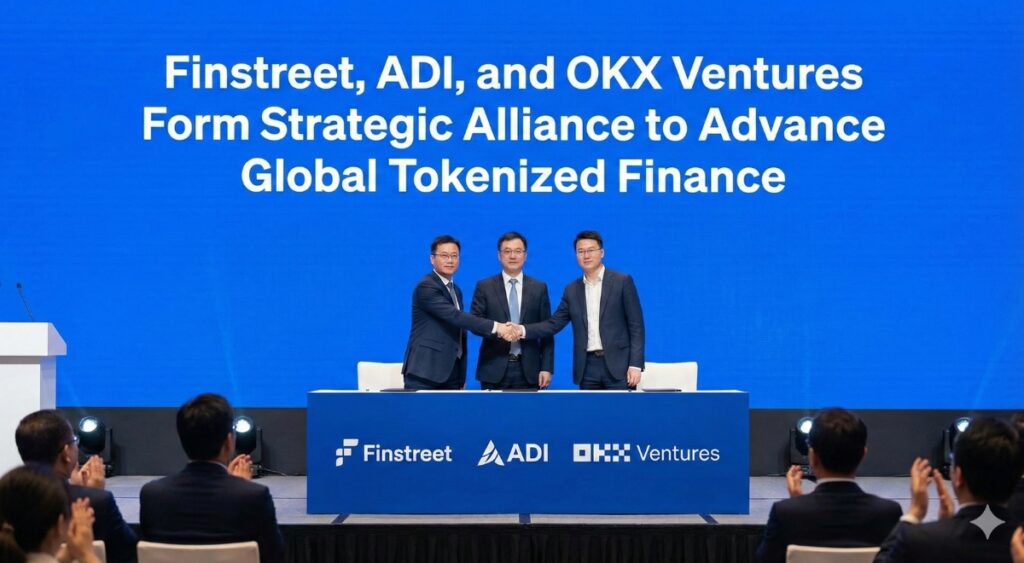Since the popularity of NFTs surged last year, NFT curiosity has increased. Many marketplaces have leveraged this popularity to provide a variety of NFTs and support NFT trading.
However, two marketplaces often stand out in the discussion on NFT marketplaces. These marketplaces are OpenSea and Rarible. As a beginner in the NFT space, you might be confused about which marketplaces to choose. This article discusses the pros and cons of OpenSea and Rarible to guide you in choosing either.
OpenSea and Rarible: What Exactly are They?
OpenSea is a decentralized NFT marketplace that provides all forms of NFTs for users to purchase. On the other hand, Rarible is more decentralized in its operations. Rarible is an NFT marketplace that utilizes a decentralized governance system. This means holders of Rarible’s native token can vote on the platform’s operations.
Similarities Between Rarible and OpenSea
- Lazy Minting: Gas fees must be paid before NFTs can be minted on marketplaces. However, the lazy minting feature allows users to mint their NFTs and pay gas fees later. This eases the process of putting an NFT on the market. Both OpenSea and Rarible provide this feature.
- Multi-Chain System: Many NFTs are minted across different blockchains. This can restrict the type of NFT accepted by a specific marketplace. For example, an NFT marketplace hosted on the Ethereum blockchain might be unable to list an NFT minted on the Solana blockchain. This is why some marketplaces have adopted multiple blockchains. Both Rarible and OpenSea are hosted on a multi-chain network to expand the NFTs they can list.
- Listing a Wide Range of NFTs: There are different forms of NFTs, from music NFTs to art NFTs. Some marketplaces only accept a specific form of NFTs; however, Rarible and OpenSea accept a wide range of NFTs.
While both OpenSea and Rarible are similar, some distinguishing factors can guide the decision on which is the better marketplace.
Differences Between Rarible and OpenSea
- Royalty Rates: Marketplaces enable original NFT owners to insert a clause that guarantees them a commission on all sales of the NFT. The maximum rate for this commission is 10% on OpenSea. However, Rarible has a more flexible commission rate. Creators are allowed to set a commission as high as 50%.
- Payment Options: OpenSea supports over 150 cryptocurrencies as payment options for users on the platform. Rarible’s payment options are more restricted. Rarible only supports three cryptocurrencies for NFT purchases.
- Security Issues: While both Rarible and OpenSea have been victims of hack attacks, OpenSea has experienced more security breaches. Just last month, OpenSea experienced yet another hack attack that compromised users’ funds.
Conclusion
The decision on the better marketplace between Rarible and OpenSea depends on your needs. If you need a marketplace with more payment options, OpenSea would be a better marketplace for you. However, if you’re seeking to have a higher commission on your original NFTs, Rarible is the way to go.
















